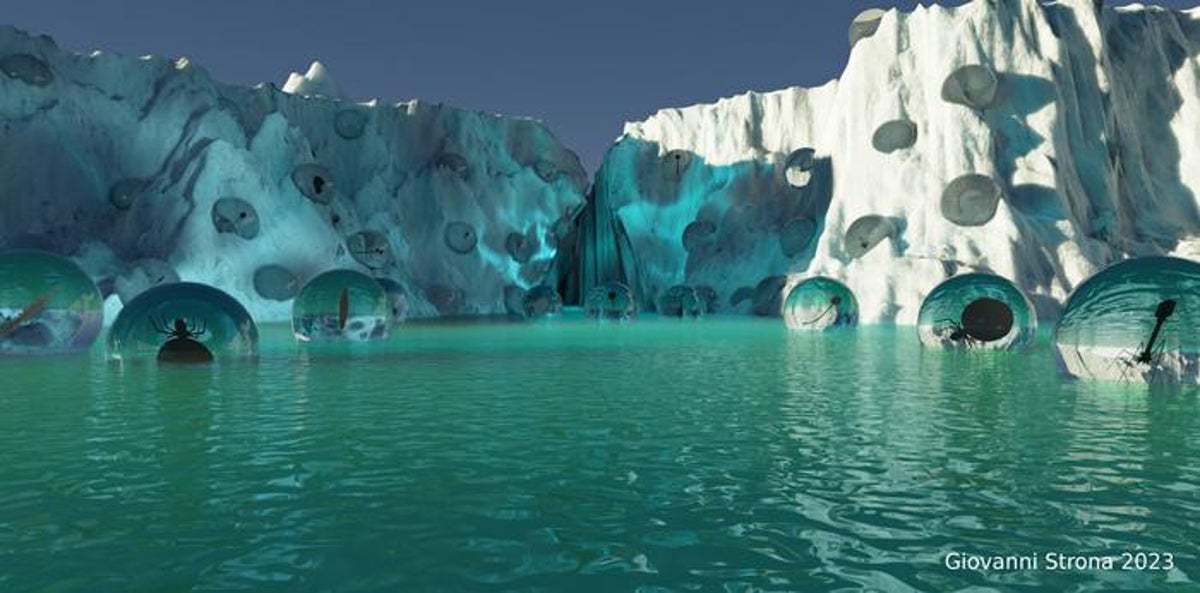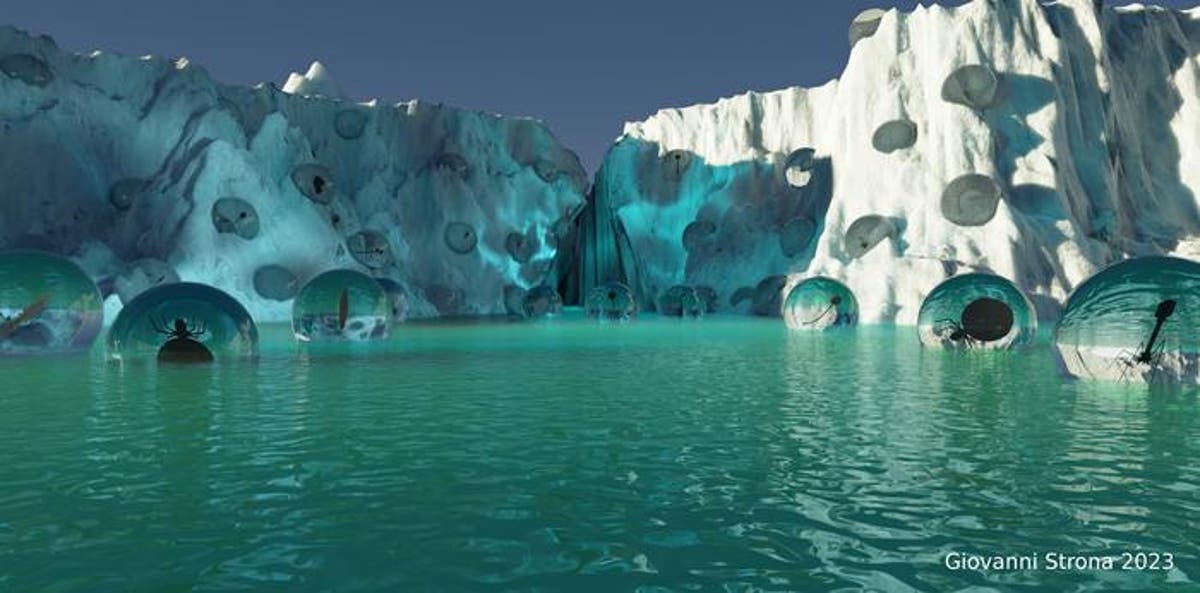
The release of just 1 per cent of pathogens trapped in the planet’s melting ice could pose a real risk of damage to the Earth’s ecosystems and potentially threaten human health, according to a new study.
Researchers, including those from Flinders University in Australia, say the release of some of these “time-travelling” pathogens trapped in the planet’s ice for millennia can increase threats to the global environment and even humanity itself.
Until now, the potential risk to modern ecosystems posed by microbes trapped in melting glaciers and permafrost has been difficult to predict.
In the new study, published last week in the journal PLoS Computational Biology, researchers calculated the ecological risks posed by the release of these unpredictable ancient microbes.
Scientists simulated digitally how pathogens from the past invade communities of bacteria-like hosts.
They then compared the effects of the invading pathogens on the diversity of host bacteria to those in communities where no invasions occurred.
The simulations revealed that the ancient invading pathogens could often survive and evolve in the modern world, and about 3 per cent could become dominant in their new environment.
Researchers also found that about 1 per cent of the invading pathogens presented unpredictable results.
Some of the pathogens caused up to one third of the host species to die out, while others increased diversity by up to 12 per cent compared to the simulations where escape was not permitted in the simulations.
While the risk posed by 1 per cent of released pathogens might seem small, given the sheer number of ancient microbes regularly released into modern communities, researchers say these outbreaks represent “substantial danger.”
“For the first time, we provide an extensive analysis of the risk posed to modern ecological communities by these ‘time-travelling’ pathogens through advanced computer simulations,” study lead author Giovanni Strona said.
“We found that invading pathogens could often survive, evolve and, in a few cases, become exceptionally persistent and dominant in the community, causing either substantial losses or changes in the number of living species,” Dr Strona said.
The findings, according to researchers, suggest that unpredictable threats due to such trapped microbes could pose “serious risk” as powerful drivers of ecological damage.
“Our results are worrisome, because they point to an actual risk deriving from the rare events where pathogens currently trapped in the permafrost and ice produce severe ecological impacts,” Corey Bradshaw, another author of the study, said.
“In the worst, but still entirely plausible case, the invasion of a single ancient pathogen reduced the size of its host community by 30 per cent when compared to our non-invasive controls,” Dr Bradshaw said.
Researchers call for scientists to attempt to better understand the potential risk posed by these ancient microbes to prepare for unintended consequences of their release.
“The results tell us that the risk is no longer simply a fantasy that we shouldn’t be prepared to defend against,” Dr Bradshaw said.
For all the latest Science News Click Here
For the latest news and updates, follow us on Google News.

